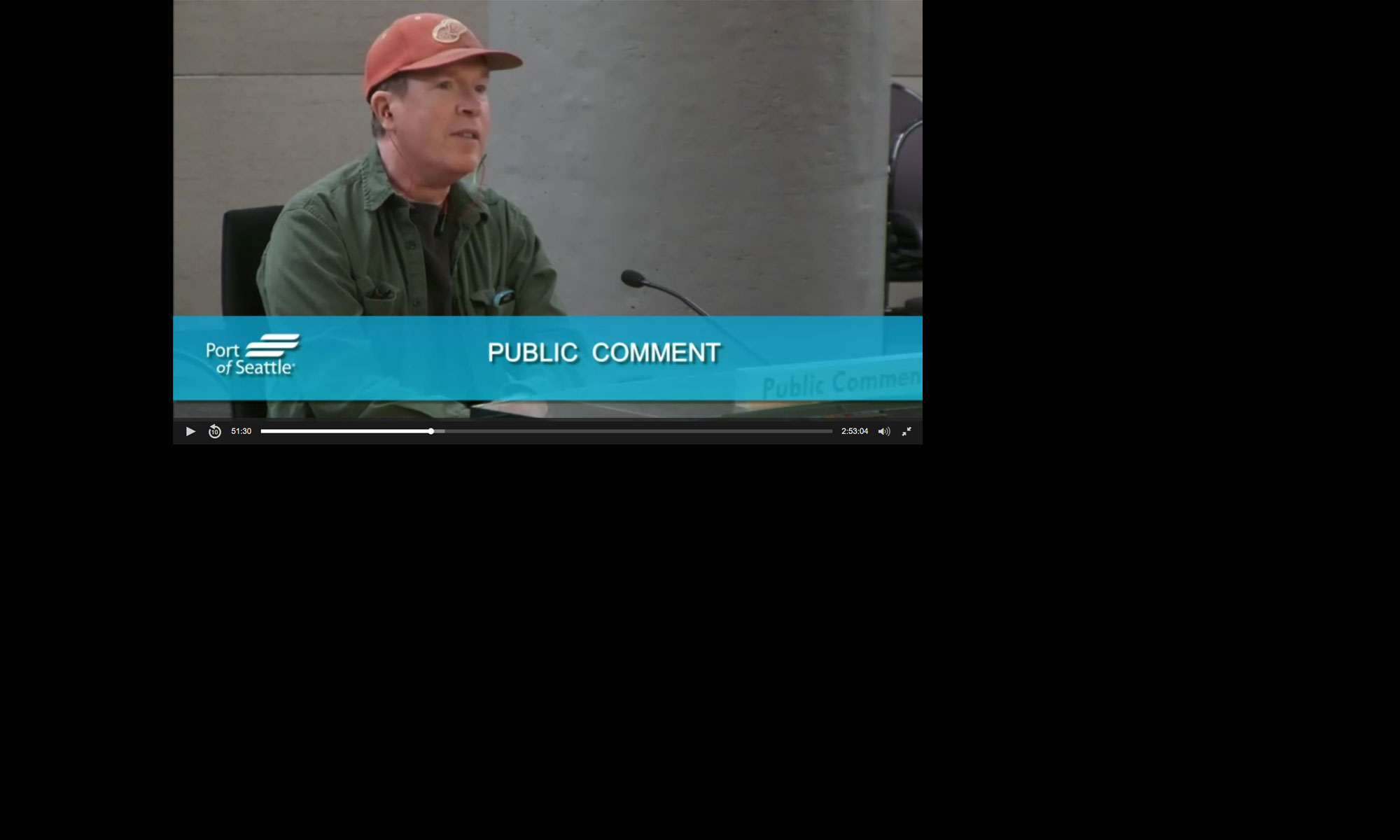Jul. 8 2022 — The relationship with the Point Ruston developer and the City of Ruston has reached a boiling point, and the city wants the U.S. Environmental Protection Agency to step in.
Story by Liz Moomey, The News Tribune (Tacoma, Ruston asks EPA to step in concerning Point Ruston’s ‘drastic departure’ from plans
The City of Ruston sent the EPA a letter earlier this year with a list of concerns regarding future development at Point Ruston.
Point Ruston LLC has developed waterfront condos, apartments, homes, a waterfront hotel and an urban village along Commencement Bay at the former site of the Asarco copper smelter.
In the past, the city has complained about the developer violating the city’s building code. And the developers have said the city is refusing to work with them. The EPA also raised concerns in the past that the developer is stretching the limits of a federal law that allows construction without local permits on Superfund sites, because the Point Ruston is contaminated with arsenic and lead.
In February, the City of Ruston sent a letter to the EPA’s remedial project manager Kristine Koch. Mayor Bruce Hopkins wrote that the city has significant concerns about the Point Ruston’s construction management plan, which “is a drastic departure from the original redevelopment plan and will have substantial detrimental impacts on the City of Ruston and the people who live, work and recreate in our city.”
Hopkins said Point Ruston has not completed remediation or the redevelopment work in Ruston consistent with the approved plans: the Point Ruston Master Development Plan.
“The updated construction management plan design creates an even more extreme departure from what was promised for this property,” he said in the letter.
These promises were made to the City of Ruston and the EPA, he added.
The mayor wrote eight comments about the changed plans.
— The contaminated soils from the former smelter site were planned to be a part of the project or moved to a disposal facility. Instead it was made into dunes at Dune Peninsula Park and the remainder was put in Ruston on two lots. He stated the new configuration would have a negative financial impact on Ruston by reducing several hundred residential units to a surface parking lot.
— The city wants the developer to get public input on the impact of placing contaminated soils in the development area, which modifies or eliminates open space and building pad locations.
— The proposed revision to the construction management plan would violate the prior land use approvals and the city’s zoning code.
— It would also violate the requirement to install pedestrian access to the waterfront promenade.
— The plan violates the developer’s environmental impact statement. Hopkins stated the departure from the agreement would have negative impacts to the city’s aesthetics, its ability to achieve population requirements and anticipated future tax base. It would create a “dead zone” between the Point Ruston development and traditional Ruston neighborhoods.
— The developer needs to include an open space and cooling pond, which was in the original Point Ruston Master Development Plan approved in 2008.
— The loss of a building would reduce Ruston’s projected residential units by 240, or about 535 residents, and would prevent the city from meeting its population goals. The site was to provide medium/high density affordable housing.
In the EPA’s response in March, Koch said the city needs to address its land use concerns directly with Point Ruston and the other owners of the development project.
“EPA’s approval of the cap design on any given parcel does not constitute an approval of any specific land use or development of that parcel,” Koch wrote.
The final comment from Hopkins prompted a response from Koch. Hopkins wrote Point Ruston’s proposed construction work will utilize the city’s public roadway infrastructure without permission and without any assurance that damage to the roadway will be repaired. Ruston doesn’t have the funds to repair the damage and requested the EPA require the developer to obtain a permit from the city and post a bond to repair any damage it may cause to the city’s roads, he wrote.
Koch wrote Point Ruston is exempt from obtaining permits because the work is required by the Remedial Action and will be conducted in the site boundary. The developer must provide a traffic control plan. The EPA requires Point Ruston to make necessary repairs to roads, curbs and sidewalks, she wrote.
Hopkins said in the letter when the EPA allowed Metro Parks to transport the soils over Ruston’s right of way, significant damage occurred to Park Avenue and Highland Street, and the damage has yet to be repaired.
EPA’s involvement in Point Ruston development
EPA has taken legal action against Point Ruston for failing to meet its remedial action deadlines, which would clean up the former Asarco Tacoma Smelter Site. Point Ruston sits on land that was the site of the copper smelter.
In a court filing in April, it stated Point Ruston was given a final deadline extensions to remediate 97 acres of property. Point Ruston has paid $1.85 million in penalties for its violations.
The EPA required Point Ruston to pay outstanding property taxes and sample the groundwater. Point Ruston complied and the two parties reached an agreement for the remedial action deadlines.
In Koch’s response to Hopkins, she wrote the EPA’s role is limited to issues associated with the remediation of the former smelter site, and it is the EPA’s job to oversee the cleanup at the site.
Representatives from the federal agency will be at Ruston’s city council meeting at 7 p.m. on July 19 at the Mary Joyce Community Center, 5129 N Shirley St. The EPA will provide an update of the Point Ruston remediation initiative and host a question-and-answer session.
This story was originally published July 8, 2022 5:30 AM.
(c)2022 The News Tribune (Tacoma, Wash.) Distributed by Tribune Content Agency, LLC.


